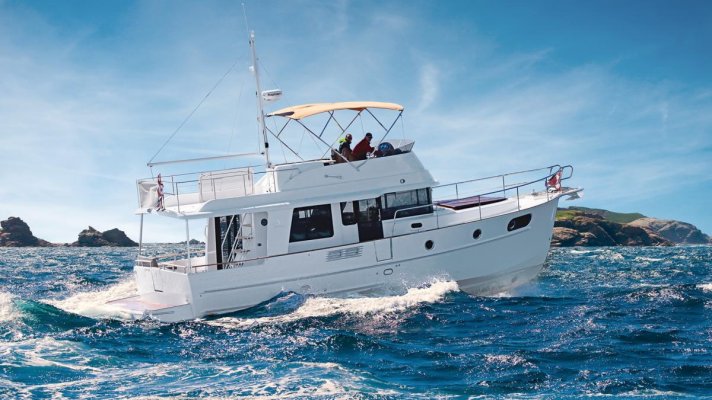Well I certainly didn't mean to start a debate about what is a Trawler! But reading through the comments here I think I got my answer:
Regardless of whether its a "Trawler" or not, there are probably design differences between a Swift Trawler and a fast cruising boat like the Carver Aft Cabin I grew up on. This may be a keel, larger rudders, and more of a semi-displacement hull.
I pulled into a marina today and found a Kady Krogen and an American Tug on the hard next to each other. The differences in hull shape was drastic.
So the bottom line is if I'm looking for a boat that cruises comfortably at 7-9, but can step it up to 13-15 if desired, a ST, American Tug, Mainship or similar design may fit the bill and the differences between them and a fast cruiser are more than marketing and appearance.
Regardless of whether its a "Trawler" or not, there are probably design differences between a Swift Trawler and a fast cruising boat like the Carver Aft Cabin I grew up on. This may be a keel, larger rudders, and more of a semi-displacement hull.
I pulled into a marina today and found a Kady Krogen and an American Tug on the hard next to each other. The differences in hull shape was drastic.
So the bottom line is if I'm looking for a boat that cruises comfortably at 7-9, but can step it up to 13-15 if desired, a ST, American Tug, Mainship or similar design may fit the bill and the differences between them and a fast cruiser are more than marketing and appearance.
Last edited:


